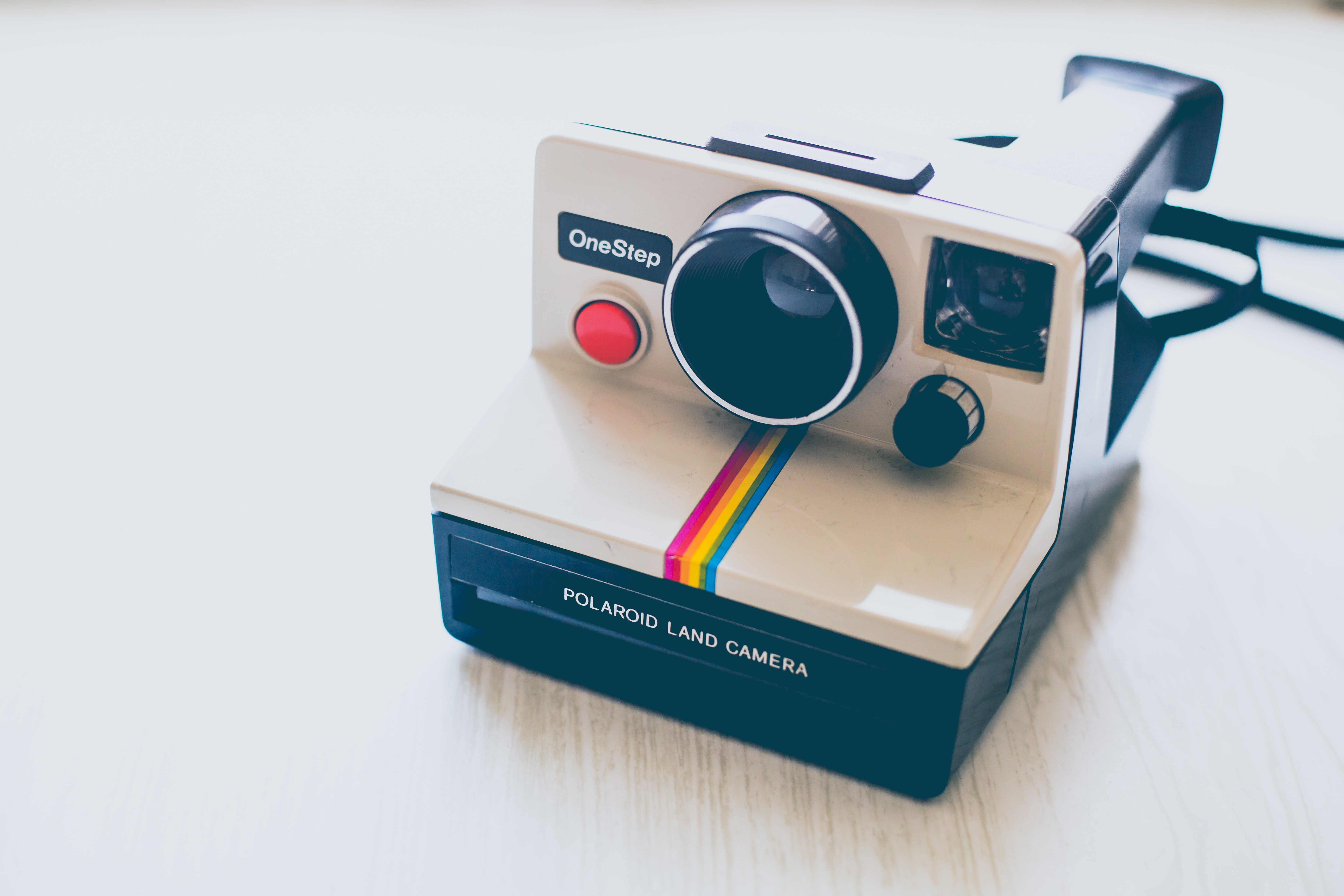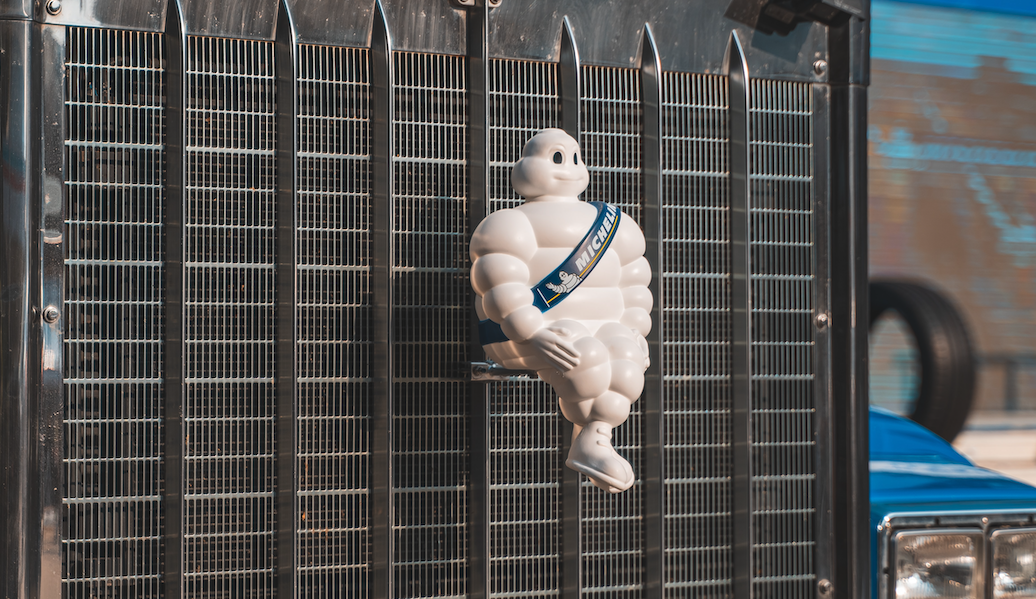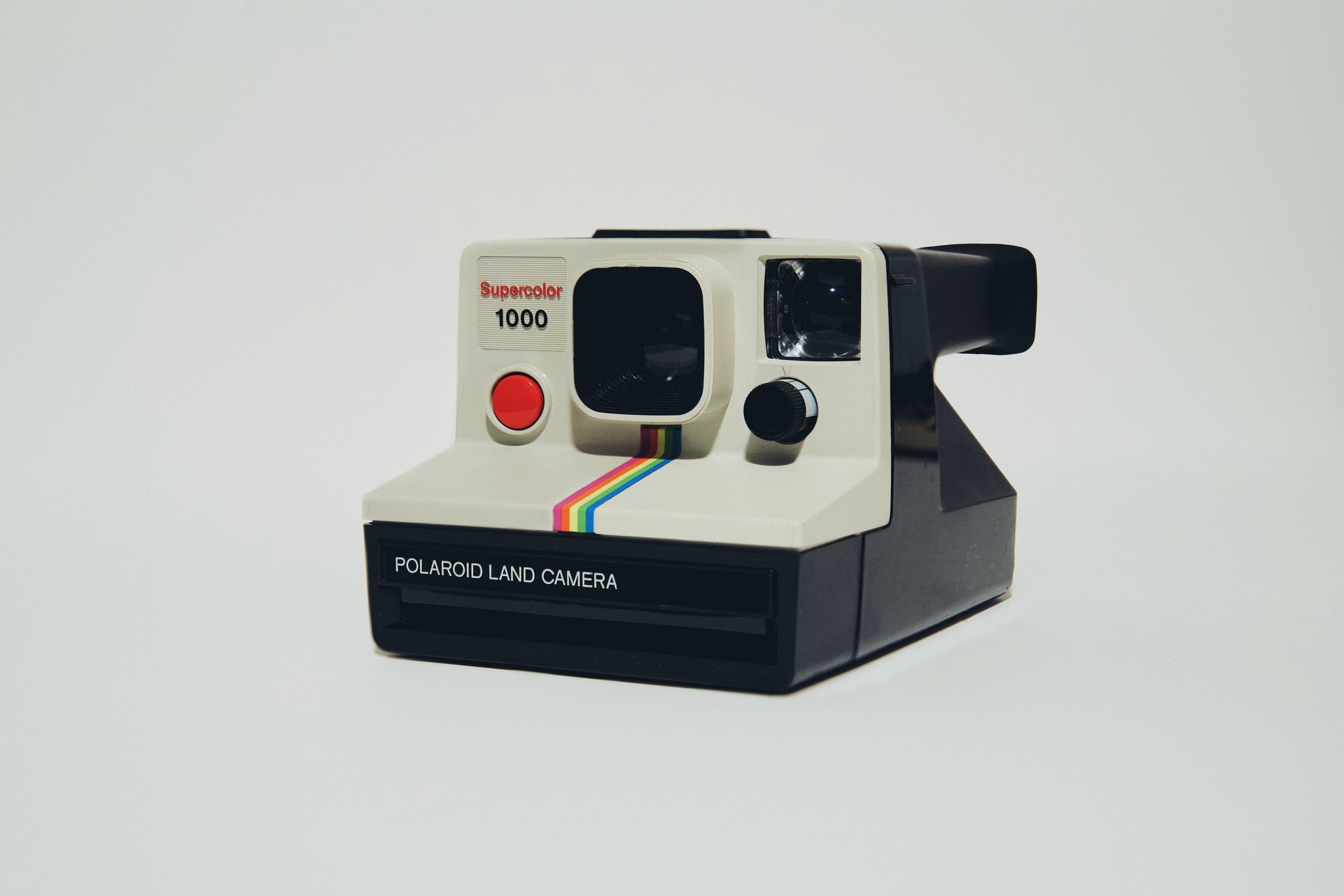Content has a new lease of life. By definition it is the information and experiences directed towards an audience and delivered by various forms of media.
It is both long and short-form, could be a 1,000 page book, a 2 second gif and pretty much everything else in between.
Content is changing. We now produce more content than at any time previously and this is because there are more media platforms available to consume content and more people to reach.

Traditional v’s New
Content needs media to share and distribute. The emergence of new media has seen the evolution of different types of content and a fast growing audience for consumption.
Short-form content is “snackable”, usually fewer than 200 words, is mobile friendly and consistent. From a marketing perspective it can build your brand quickly, however it also has high turnover.
Long-form content is considered more authoritative and trustworthy. Readers who invest their time consuming this are generally highly invested in your brand or media. When published on digital platforms it also improves search engine rankings and brand credibility.
Traditional media are mass institutions that dominated the landscape before the digital age. Both do the same job but in very different ways.
Time Poor
Social media has made content easily accessible and shareable. It can scale up quickly increasing its marketability and authority. It also means that despite the personalisation of digital content, it can be accepted by the masses.
As the media landscape continues to evolve so does the effect on society. Traditional media is considered time consuming compared to digital. We can access pretty much anything in a matter of seconds which is a contributing factor in creating time poor societies.
But that doesn’t mean traditional media is finished. Far from it.
Old School
Newspaper and magazine circulations have dropped over the past 20 years. The once profitable industry has endured upheaval due to changing technologies. This has seen a huge disparity between the cost of producing news in print and online.

However there are some success stories. Particularly where traditional media has learned from new media.
In the UK, Metro is now Britain’s most read daily newspaper. There are two main reasons for this.
Firstly, it is free. With content readily available online at no cost, reader habits are changing. Secondly, the news content shares characteristics with digital content. It is bite sized, aggregated and designed to be read in 20 minutes - a relatively short time for a newspaper.
It also just happens to be the average commute time for it’s prime London audience. Urbanites.

Trends
The Internet is having a huge impact on media and content. Digital penetration is increasing and there were 1 million people coming online for the first time every day last year.
Digital is more interactive. Better analytical tools mean that more information can be sought from users, creating the personalisation of content. It is also more immediate.

Social media allows people to remain connected and share content more readily. There are 3,000 tweets sent every second, that’s 500 million every single day!
Innovation
Technology has also allowed for some great content innovation. One of the most innovative examples is that of A S Roma football club in Italy.
Every club announces new signings and they are generally run of the mill affairs. A few keepie-uppies from the player and kissing the club crest tend to be as creative as they get.
Roma wanted to use audience engagement of their new signing content to make a social difference. With every new player that was announced, they also highlighted the plight of missing children across the globe.
The aim was to find these children and reunite families. To date 6 missing children have been found safely. A truly remarkable achievement.
Also, would the #MeToo movement have gained so much momentum without the ability to share content so quickly?
The phrase was tweeted by Alysso Milano at lunchtime on October 15th, 2017. Within 24 hours it had been tweeted 500,000 times. On Facebook the hashtag was used in 12 million posts during the first 24 hours.

The recent Harvey Weinstein verdict has been credited as a huge win for the #MeToo movement.
Marketing
Content marketing has also innovated during the past decade. This isn’t a new concept though and its roots are embedded in traditional content and media.
One of the most successful examples was devised by two brothers who sold tyres in the early 1900’s.

Andre and Edourd Michelin were looking for innovative ways to make drivers use their vehicles more, make longer journey’s and by extension buy more of their tyres.
To encourage people to use their cars for longer periods they created the Michelin guides. They included information useful to motorists such as where they could find the best meals whilst touring in their cars.
As the business grew, so did the guide. A charge was introduced and a team of inspectors were created to rate restaurants on a 3 star basis.
That rating still exists today and is coveted, by chefs and restaurants across the globe. If you don’t have a star, you want one. If you have one, you want two. Three stars and the restaurant is likely to be booked out in advance for months on end.
The Future
It will be fascinating to see what the future holds. Media platforms will continue to evolve and this will have an impact on what is published on them. We will probably see more automated content.
Fake news is already a serious issue, particularly online and its impact on the last US presidential election was well documented. This isn’t new and exclusive to digital media though.
What is for certain though, is that technology is having a bigger impact on society than anything else. Everything that we learn comes directly or indirectly via media. This includes how we live our lives and shape our values.
As we embrace these changes we would do well to remember that what is new today will be old tomorrow. But that doesn’t mean that we still can't learn from yesterday.

